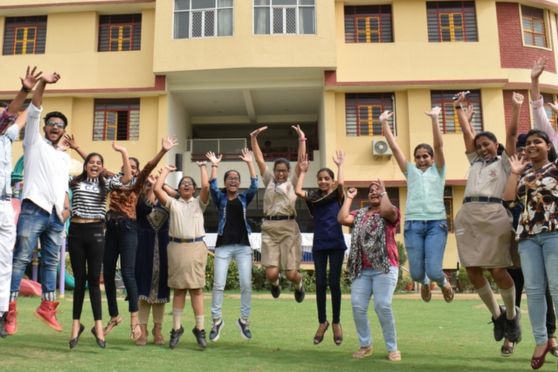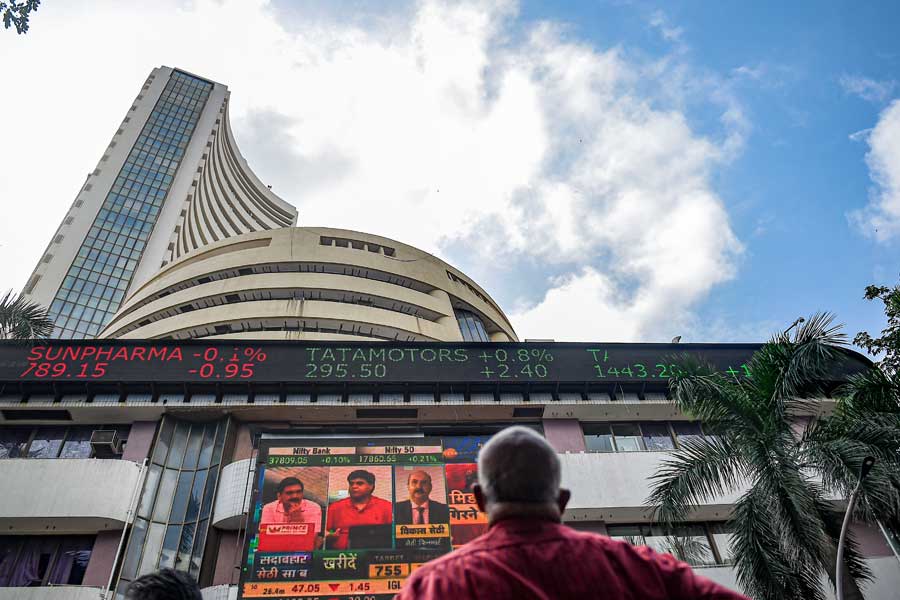Domestic violence against women is a sad, but inescapable, reality in most parts of the world. It had become a punishable offence in India through the enactment of the Protection of Women from Domestic Violence Act 2005, which aimed to ensure their safety within the household by extending a range of protections. However, 18 years hence, data show that the implementation of the law has been uneven. Recently, it was brought to the attention of the Supreme Court that as many as 4.7 lakh cases pertaining to the PWDVA are pending in 801 districts across the country. One reason behind the high pendency rate is the chronic shortage of manpower. Section 8 of the law mandates the appointment of protection officers who would act as intermediaries between the victim and the law enforcement agency and the judiciary. However, the aforementioned data reveal that POs in each of these districts are burdened with nearly 600 cases, making it impossible for them to effectively discharge their duties, such as helping survivors wade through legal intricacies and providing immediate support. In fact, accessing services remains one of the biggest challenges in the implementation of the law. Alarmingly, several states do not even have POs. Equally worrying is the patchy implementation of Mission Shakti — the Centre’s umbrella programme for women’s safety — which requires the establishment of one-stop centres to tackle domestic abuse. A 2019 report stated that most of these centres remained shut owing to staff shortages.
Such a huge backlog invariably translates to an abysmally low conviction rate. Information about the dismal rate of complaint and conviction under Section 498A of the Indian Penal Code — it is meant to protect married women from cruelty by husbands and relatives — is fairly accessible. Similar data must be available and examined for the PWDVA to have a better idea of its functioning. Significantly, the pandemic led to a global spike in domestic abuse of women as they found themselves locked in homes with their abusers. Regressive social conditioning, the dearth of safe houses, and lack of financial independence are important factors that hinder the availing of institutional help. Proactive measures at multiple levels are needed to meet the challenges. ‘Naarishakti’, one of the prime minister’s pet themes, is supposedly the cornerstone of India’s development. What then explains the persistence of abuse of women?










